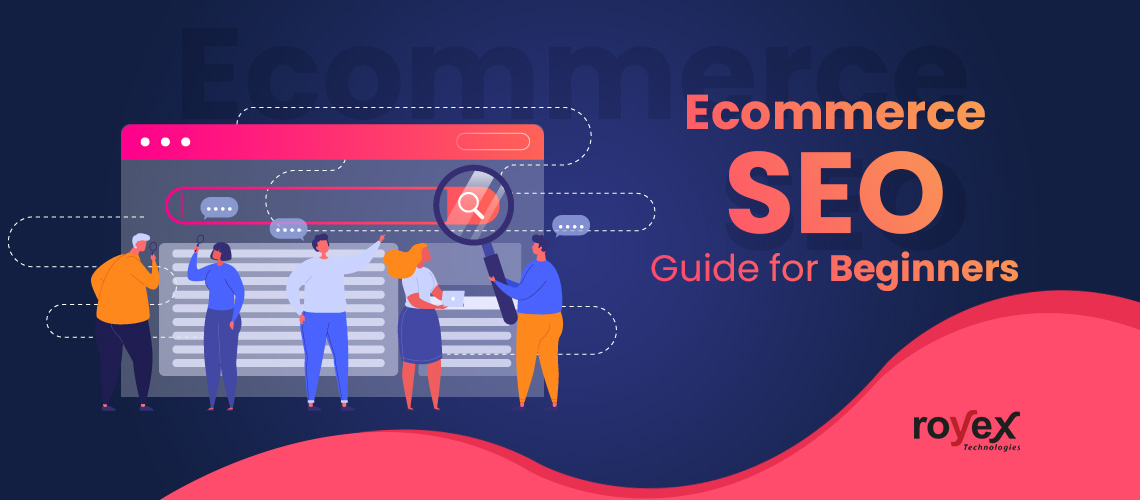
Ecommerce SEO Guide for Beginners
I am sure you will be surprised to know that only 4.8% of people browse the second page of the search results provided by search engines like Google, Yahoo, Bing, and DuckDuckGo. Naturally, the following pages have fewer visitors. Therefore, as an ecommerce store owner, you must rank on the first page of search engines to get the most number of visitors, and ecommerce SEO can help you in this regard.
Yes, there are ways to get paid traffic, but SEO aims to help you get more organic traffic. It’s not easy to appear on the first page of search results, only ecommerce sites optimized with the best SEO practices will reach the top. Don’t worry! Here I’ll discuss the basic steps of ecommerce SEO for beginners.
Why is SEO Important?
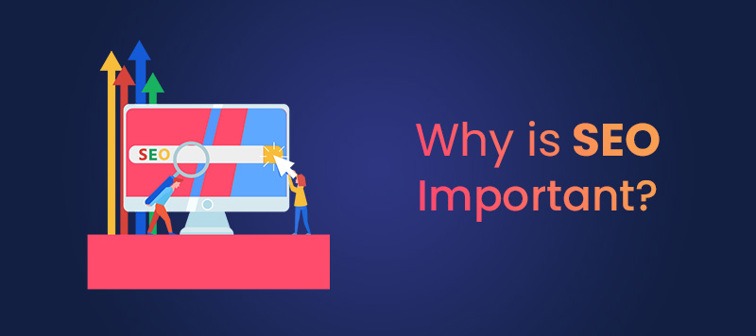
The idea is very simple. As a typical consumer, you don’t know the exact domain name of a website when you need to visit it and avail of its services. You simply open a search engine and browse the required things by putting relevant keywords. Search engines display tons of results, you get what you want on the very first page, and hardly need to check the second page for more results. This is how the bridge between clients and service providers is built. As an ecommerce business owner, if you fail to appear on the first page, you’ll lose a great number of customers.
For this reason, SEO aka Search Engine Optimization is important. This is the fuel that adds wings to your websites or pages to fly high. Though search engines never reveal the exact algorithms that help a page rank high, SEO specialists always find a way to determine the key formulas and elements of the whole SEO process.
According to statistics carried out on Google, 70% of the total clicks on search results come from the organic listing and 30% of clicks go to sponsored pages. This proves that even if you run paid ads, you will get a little exposure to the target audience. The same stats show that 92% of traffic comes from the first search engine results page (SERP). These numbers point out the critical role of SEO in ecommerce or other websites.
A Step-by-step Ecommerce SEO Guide for Beginners
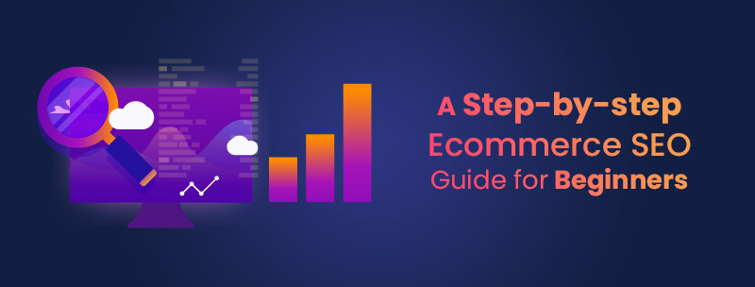
Enough of the prelude, let’s delve deeper into the basics of an SEO checklist. If you are feeling lost like the page displayed on the tenth page of SERPs, keep reading to find the light at the end of the tunnel. The following steps will help you build a basic foundation for ecommerce SEO.
1. Analyze the Competitors First
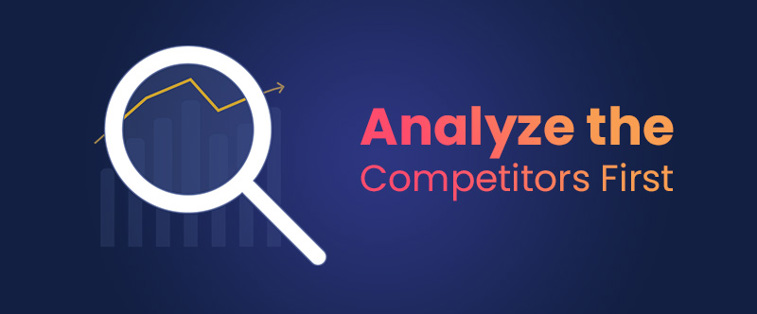
Your competitors are the best source of learning for you. Since they have dominance in the market, they surely applied the techniques of ecommerce SEO for their site. Get an overall idea from the competitor sites, especially analyze their keywords. Find out what keywords they are targeting to optimize their home page, product pages, landing pages, etc. Make a list of these keywords. You can take inspiration from the site structures too. Check for the domain authorities (DA) and page authorities of your competitors. If any of the competitors have sites with remarkably higher DAs and PAs, then I’ll suggest you focus on different keywords. It will be extremely difficult to win against them in the race of SEO.
2. Select the Most Relevant Keywords
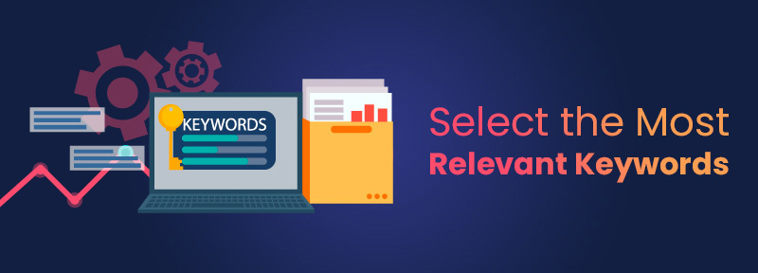
Keyword research is the first thing you should learn as a beginner. There’s a slight difference in searching keywords for ecommerce sites and other websites. Give more priority to keywords that show buying intent than keywords that ask for information. You will surely have a bulk amount of keywords, narrowing them down is a great challenge. When looking for keywords, keep the following in mind. This will help you shorten the keywords list.
Choose Keywords with High Search Volume
Search for keywords that have the highest search volume. High search volume means that these keywords attract the most traffic to websites. Google Keyword Planner shows the search volumes for free. Though high volume keywords come with high competition, you should try to target them as much as possible.
Avoid Keywords with High Competition
You are less likely to rank for a particular keyword if that has higher competition. A paid tool SEMRush and a free tool MozBar are the two credible options to know keyword difficulty (KD) or keyword competition (KC). Choose keywords with high volumes and less KC, the chance of getting ranked on search engines will increase automatically.
Use Latent Semantic Indexing (LSI) Keywords
A focus keyword associates other related keywords with the search results. These secondary keywords are capable of driving more traffic to the website. For example, if your main keyword is ‘food blender’, you will get relevant keywords like ‘hand food blender, baby food blender, smoothie maker, electric blender’ etc. as LSI keywords. Google Keyword Planner does a pretty good job in providing LSI keyword and key phrase ideas for beginners.
Use Keywords with Commercial Intent
The ability to understand human psychology and users’ intent is a must-have skill for a wannabe SEO specialist. It is even more important for ecommerce SEO as the sole aim of an ecommerce company is to sell products. If you fail to optimize keywords relevant to your products, there will hardly be any sales. That’s why choosing keywords with commercial intent will help you generate more sales. For example, the keywords ‘how to repair a cycle brake’ call for information whereas the keywords ‘road bikes’ show buying intent.
3. Emphasize on On-Page SEO
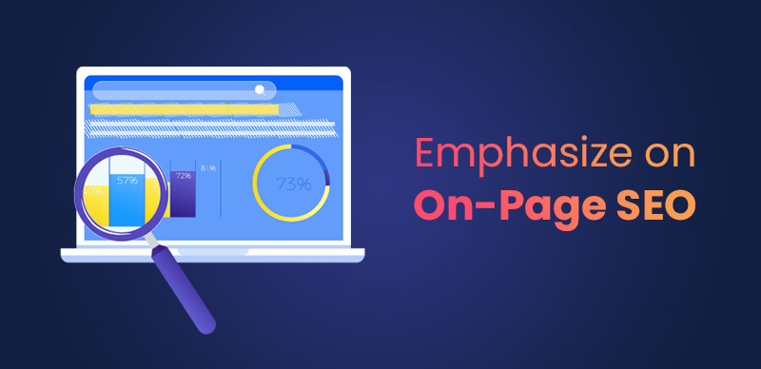
You need to focus on on-page SEO to optimize each webpage to rank higher. Optimizing all the elements of a page is crucial to make a strong stand in search engines. I can guarantee you positive results if you abide by the following tips.
Use Short & Easy URLs
Search engines evaluate the accessibility of a webpage. Short, easy, and intelligible URLs work great in terms of ranking factors. Insert the key phrase in the URL as it has a close relationship with search results. Try to keep the page title and URL as identical as possible. Omit less important words like prepositions, conjunctions, and articles from the URL.
Give Catchy Titles
Meta titles along with meta descriptions appear on the SERP. Only an intriguing title can motivate visitors to click on the link. The significance of catchy titles is beyond description. Inject the key phrase in a title and write it in a manner so it tells exactly what the page is about. Don’t use an irrelevant title to make it more attractive. You can include your business name if the title length allows. The acceptable length is 55-60 characters, including spaces.
Write Informative Meta Description
Meta descriptions are the most important things after meta titles. They are displayed right under the title on the search results page. A meta description contains a summary of the entire article. Compress the full article to 155-160 characters, including spaces. This is quite a hard task since you need to use the focus keywords and related keywords naturally. Take your time to write an appropriate meta description.
Take careful note of what I am saying, there’s no fixed length for meta descriptions and titles and Google updates its ranking factors very often, I only recommend the best SEO practices here.
Optimize the Images
Give suitable names to your images before uploading them to your site. Add alternative text describing the components of the images. Crawler bots always look for information when they crawl to index a site. You can also rename your images with the key phrase to facilitate the SEO process. Don’t use spaces and unallowed characters between words in a name, instead use a dash.
Provide Quality Content
Content is king! This old quote from Microsoft founder Bill Gates is frequently used to express the importance of content in the digital world. No matter how well your SEO team performs, without quality content, it’s not possible to achieve a sustainable ranking on search engines. Though providing content is not the primary job of an SEO expert, he/she should ensure the presence of good content to rank higher on Google, Bing, Yahoo, Baidu, Ask, and the like. Good content refers to spelling mistake-free, grammatically correct, filler-free, and unique writing with authentic information.
4. Write Moderately Long Product Descriptions
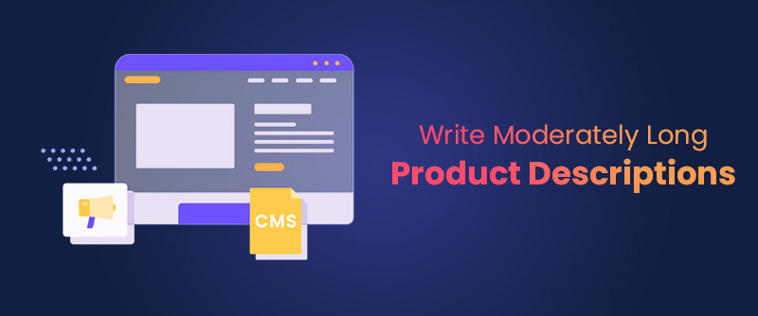
Search engines crawl for keywords thoroughly all over the webpages. If you write only a few sentences for a product that will definitely consist of only a few keywords. The more relevant keywords you have on a particular page, the more chances are of getting noticed by Google. So, don’t write too short descriptions, keep them fairly long with naturally injected keywords.
5. Coordinate with the Web Design Team

Web design and site structure is the component of technical SEO. As a beginner, you may find it difficult to grasp, but it’s important to have the basic knowledge. An SEO team should work hand in hand with a design team to reap the best rewards. If you can implement the following things on your website, that will be sufficient for SEO purposes.
Ensure Mobile-friendliness
According to Forbes, mobile e-commerce is expected to grow up to 68% by the end of 2022. Therefore, you can't succeed in the ecommerce business without considering a large number of smartphone users. Keep your website aligned with the layout of a smartphone. Make it responsive for all operating systems, screen sizes, and brands. You can test this sort of responsiveness using Google Search Console’s Mobile-Friendly Test for free. You can use other paid and free tools too for better performance.
Build a User-friendly Site Structure
A user-friendly, clutter-free, and aesthetically pleasing website with easy navigation is a critical component of technical SEO. Top-notch SEO helps a website rank on search engines but an excellent design persuades users to continue browsing and probably make a purchase. If a user visits your site and bounces right away because of the bad website design, all your efforts will be in vain. That’s why optimizing your product pages with high-quality UI and UX designs is a must-to-do task. This will improve conversions and retain customers.
Optimize the Loading Speed
The expected loading time for a webpage is two seconds. Most visitors leave a site instantly if they experience delays while loading pages. This load time depends on a few variables such as hosting server, bandwidth, web design, page components, device types, and browsers. You should try your level best to address all these factors and keep the load time under two seconds.
6. Get Backlinks from High-Quality Sites
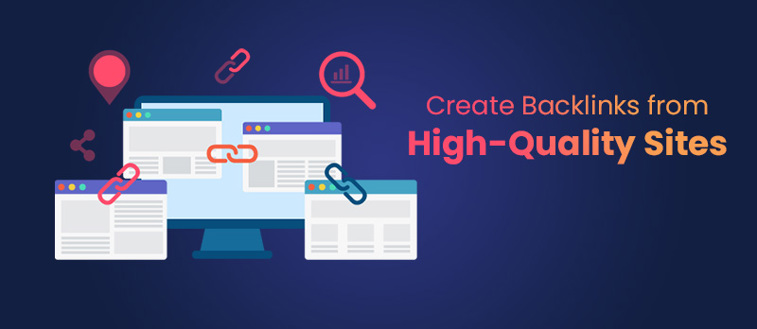
Link-building is an integral part of ecommerce SEO strategy. The more backlinks you get from high-ranking, high domain authority, authentic websites, the more chances you have to rank on Google. It’s quite difficult to get high-quality links as a beginner, but you must keep trying. Posting guest blogs on other related websites is the proven way to build inbound links. Send a persuasive email to website owners offering them relevant and well-written articles to be featured on their websites and get linked to your website.
You can also present an exchange offer. Tell them that you want to link one of your pages to their website, and vice versa. Besides, build a strong online presence across platforms like social media, forums, Q&A websites, and other listing websites and directories. This will help you drive traffic and get backlinks at the same time.
7. Check Your Pages Regularly
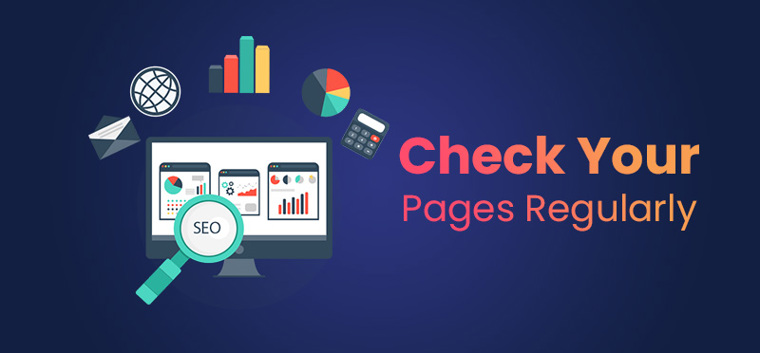
Once you’re done with all steps of ecommerce SEO, it’s time to track your website’s performance. Keep a record of the improvements and check for issues that can inhibit your growth. You can use SEO audit tools to find SEO errors that affect the ranking factors, analyze the loading speed of your website, get recommendations on the necessary changes, and measure an overall SEO score. You should audit your site regularly to identify and solve all SEO issues.
You can't learn SEO for ecommerce in a day, and the ranking of your website will not skyrocket overnight. It takes at least a few months to improve significantly with respect to SEO goals. As a beginner, you must learn to work patiently counting on the above-mentioned ecommerce SEO tips. I can assure you of more sales and traffic if you follow these steps minutely. Let’s begin your journey to the first SERP now.
Royex Technologies, a leading Website, Mobile App and E-commerce Development Company in Dubai, have certified developers who can bring reality to any of your ideas. We have experience in developing over 300 projects for our clients in the GCC which includes several E-commerce websites, service applications, etc, so we have the expertise perfect for your e-commerce requirements. If you need an eCommerce website with SEO optimizations, feel free to call us at +971566027916 or mail us at info@royex.net and we can send you a proposal based on your idea.





